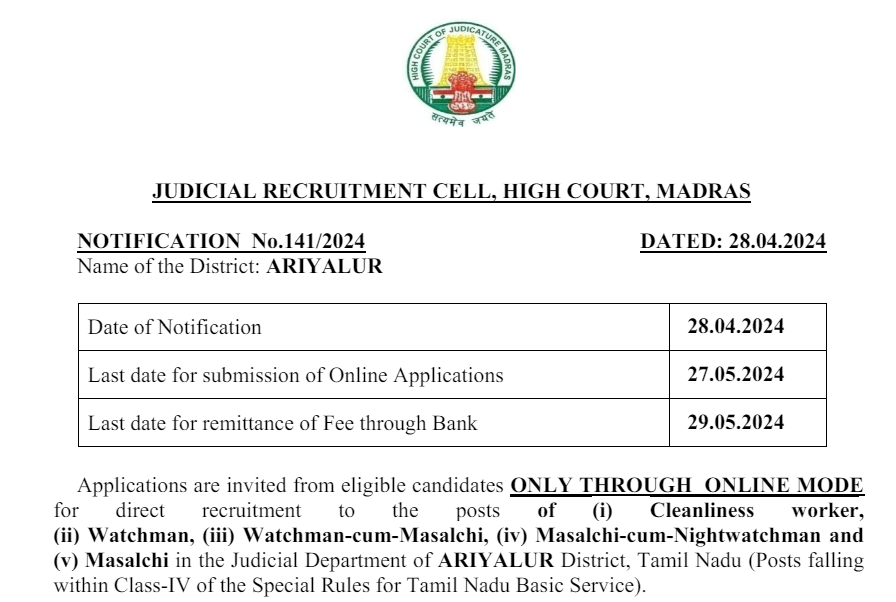Hydraulic Machines MCQ Part 2

Category –ME Online Test
Telegram-Join Us On Telegram
Attempt Free Hydraulic Machines MCQ Part 2 Here. Read The Important Machines MCQ From Below.
Q1. The surface tension of mercury at normal temperature compared to that of water is
A. more
B. less
C. same
D. more or less depending on size of glass tube
E. none of the above.
Answer : A
Q2. A perfect gas
A. has constant viscosity
B. has zero viscosity
C. is incompressible
D. is of theoretical interest
E. none of the above.
Answer : E
Q3. For very great pressures, viscosity of moss gases and liquids
A. remains same
B. increases
C. decreases
D. shows erratic behaviour
E. none of the above.
Answer : D
Hydraulic Machines MCQ Part 2
Q4. A fluid in equilibrium can’t sustain
A. tensile stress
B. compressive stress
C. shear stress
D. bending stress
E. all of the above.
Answer : C
Q5 Viscosity of water in comparison to mercury is
A. higher
B. lower
C. same
D. higher/lower depending on temperature
E. unpredictable.
Answer : A
Q6. The bulk modulus of elasticity with increase in pressure
A. increases
B. decreases
C. remains constant
D. increases first upto certain limit and then decreases
E. unpredictable.
Answer : A
Hydraulic Machines MCQ Part 2
Q7. The bulk modulus of elasticity
A. has the dimensions of 1/pressure
B. increases with pressure
C. is large when fluid is more compres¬sible
D. is independent of pressure and viscosity
E. is directly proportional to flow.
Answer : B
Q8. A balloon lifting in air follows the following principle
A. law of gravitation
B. Archimedes principle
C. principle of buoyancy
D. all of the above
E. continuity equation.
Answer : D
Q9. The value of the coefficient of compressibility for water at ordinary pressure and temperature in kg/cm is equal to
A. 1000
B. 2100
C. 2700
D. 10,000
E. 21,000.
Answer : E
Hydraulic Machines MCQ Part 2
Q10. The increase of temperature results in
A. increase in viscosity of gas
B. increase in viscosity of liquid
C. decrease in viscosity of gas
D. decrease in viscosity of liquid
E. (a) and (d) above.
Answer : D














